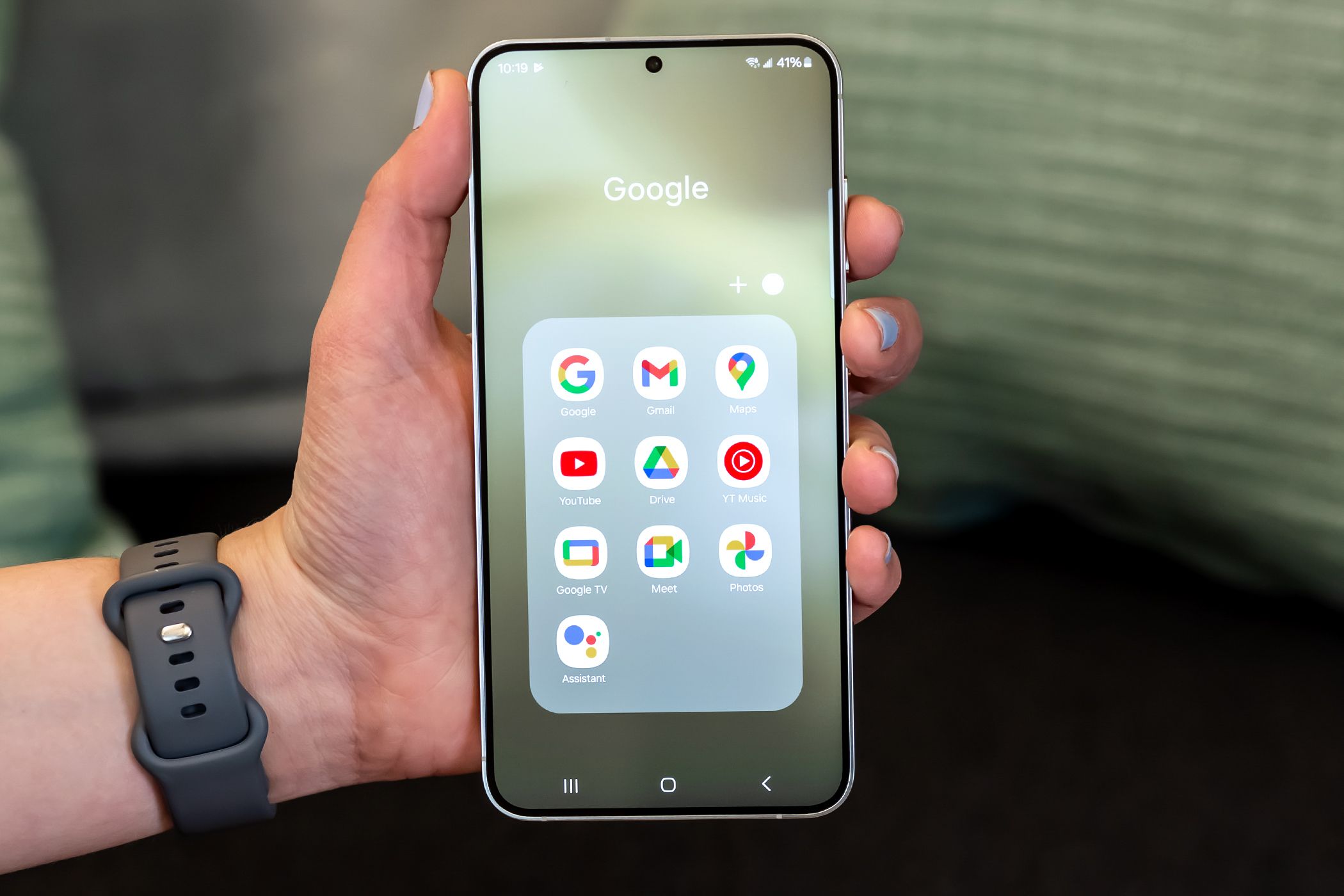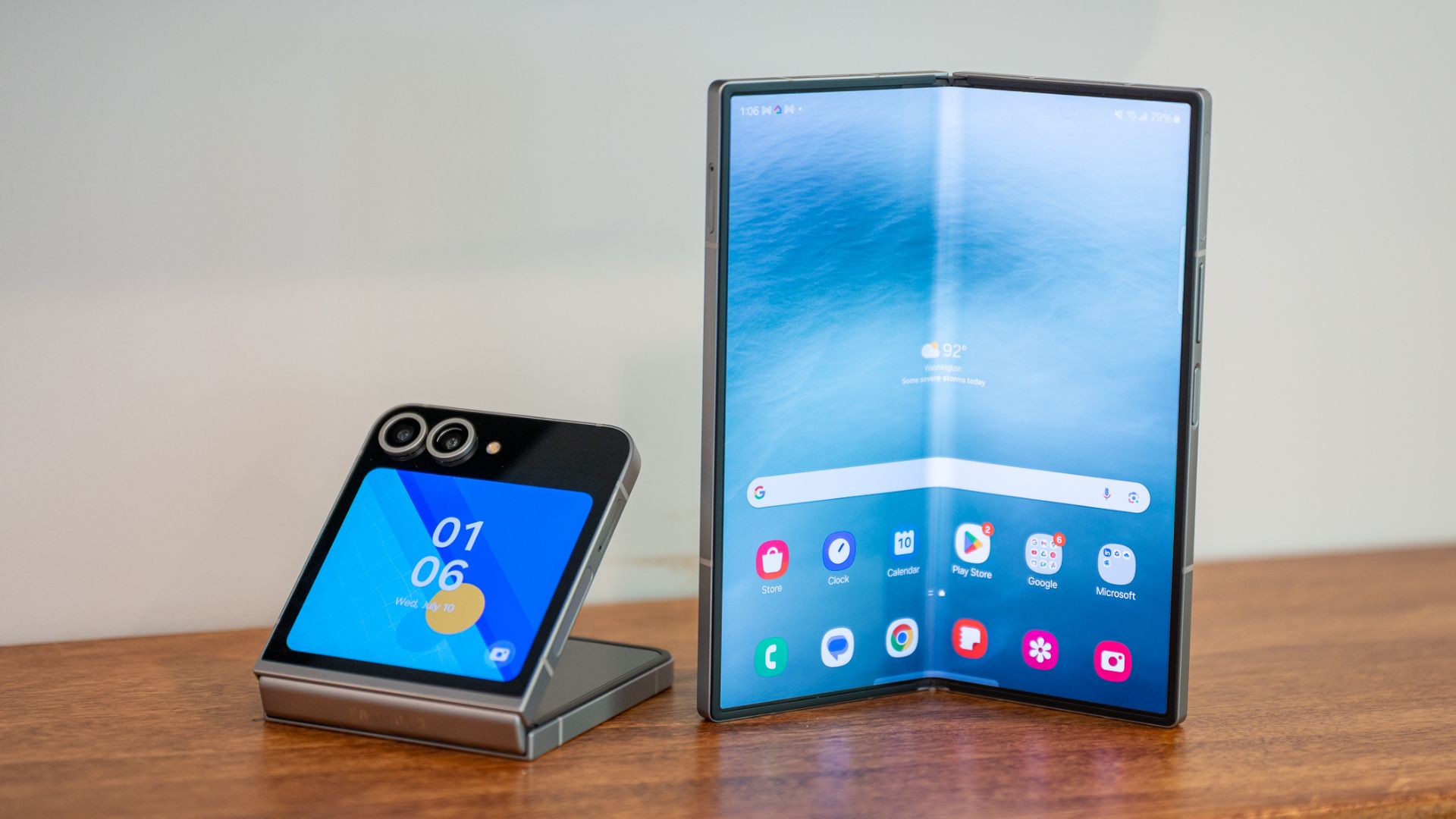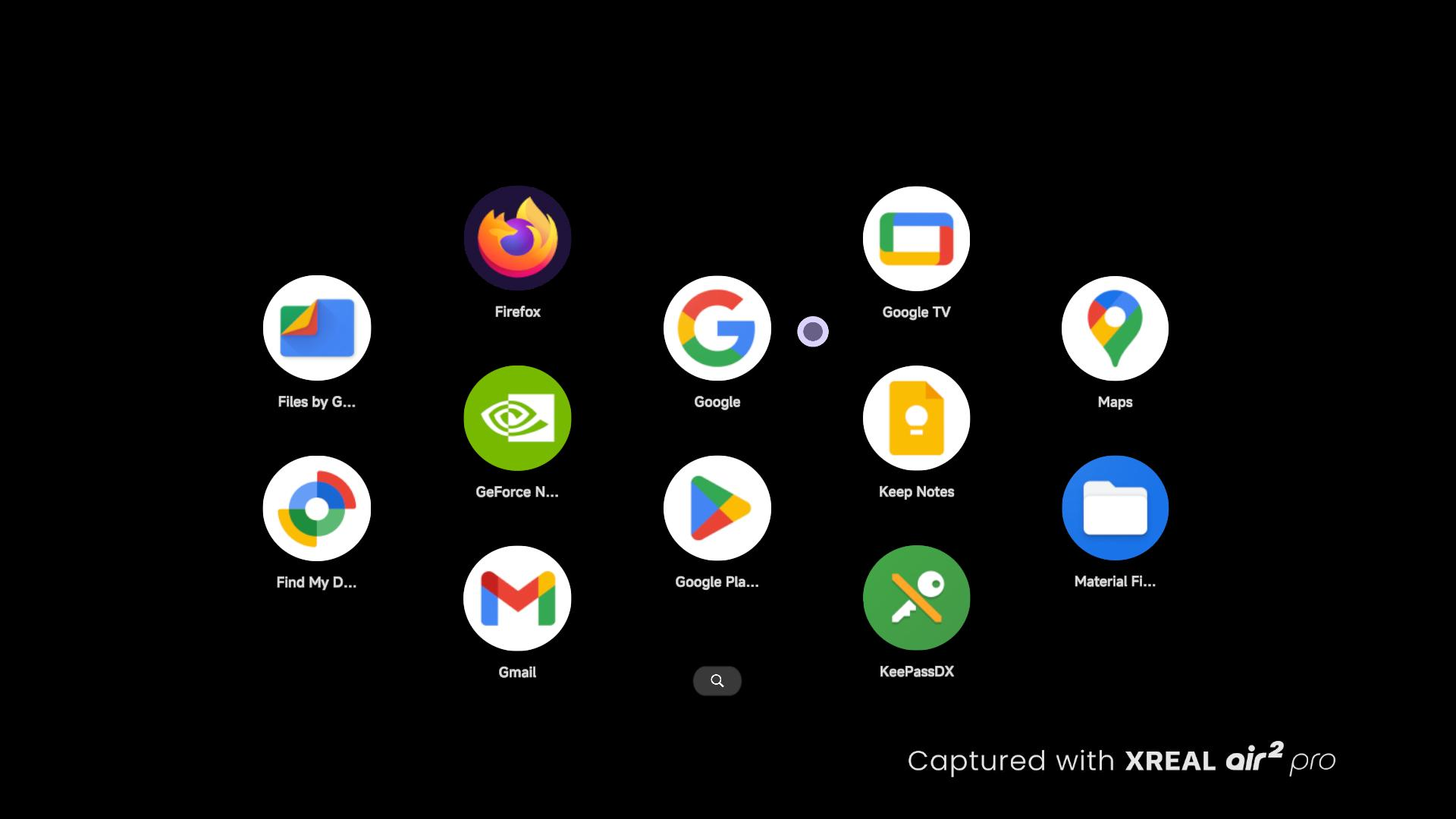Key Takeaways
- Google controls the most popular store for distributing Android apps and requires Android phone makers to ship a suite of Google software in order to have access.
- Some OEM apps are better than Google’s, but fewer phone companies are going through the effort of making their own software.
Back in the day, I used to loathe the custom skins and apps that Android phone makers added to their phones. Android’s vendor-neutral default apps have since been replaced by Google apps, and the tech giant has used its dominance to fill our Android devices with far more pre-installed software than any other company.
Google and Android Are Not One and the Same
Google is Android’s primary developer, but the operating system is open source. Countless other companies are invested in the platform.
There are big-name smartphone makers like Samsung, Motorola, and OnePlus. Tablets and eReaders from Amazon and BOOX. Niche products that you may not realize run Android, like the minimalist Light Phone and the Rabbit R1. There are self-checkout machines in big box stores that are merely Android tablets anchored in place. You may sign in at your dentist’s office with an Android device without being aware of it. They’re everywhere.
The promise of Android is that it’s a mobile-first operating system that anyone can use to create great things without starting from scratch. This is how Android got buy-in from businesses and volunteers from all over the world. You can use and develop Android without being entirely beholden to the whims of another corporation.
After Android Became Popular, Google Wanted More Control
While Android is free, Google has control over the primary way developers distribute their apps to Android users. In order for a company to ship the Play Store on their device, they must agree to include a bundle of Google apps and background services. The company has also been willing to pay big bucks to limit the creation of alternative Android app stores. In 2023, Google lost a case against Epic for monopolistic practices centered around the Play Store, as reported by the BBC.
Google’s apps are not neutral pieces of software providing needed functionality. They’re Google services like Google Search, Chrome, Gmail, Google Calendar, Google Home, Google Docs, and YouTube. Are these programs that many (if not most) Android users would go out of their way to install? Sure, absolutely. But most of them are not essential parts of a phone or tablet. They’re efforts to draw you into the Google ecosystem.
Google’s insistence on making Android phone makers ship their apps is why a company like Samsung ships duplicate programs on their phones. They either give Google full control over the software experience, or they settle for confusing duplication. Samsung at least tries to clean up the clutter a bit by dumping most of the search giants’ apps into a folder labeled “Google” on the home screen.
Many other companies have stopped making their own software and decided to stick to Google’s defaults instead. There are plenty of users and product reviewers calling for just that. They’re already deep in the Google ecosystem and just want the most optimized experience. Yet this stance ultimately limits the amount of choice available in the market. What’s left for those of us who like Android phones but, after seeing all the shenanigans Google has gotten up to, want to opt out of doing business with them?
I Don’t Want to Give All of My Data to Google
I made efforts to de-Google my life years ago, deleting my Google account entirely. I re-created one years later when an organization I’m involved with wanted to use Google Calendar to manage our schedule. I started to use this same account to log into Google Play for apps, but that’s about it.
That means whenever I activate a new Android device, I go through the onboarding process and un-check as many boxes as I can. Then, I spend time uninstalling all the apps I don’t want. Whether I’m setting up a Pixel or a Galaxy Z Fold, the bulk of the apps I’m removing come from Google. I don’t want YouTube Music preinstalled any more than I want to see Facebook or TikTok. I don’t use Chrome as my browser on any device, nor do I use Google Search.
It’s not that I don’t use any Google apps. I find Google Maps useful, especially due to how much information it provides about local businesses. I watch YouTube, since it is the primary way major and independent publishers alike distribute video. But these apps don’t provide essential phone functionality in the way that a gallery app and a local video player do. They’re the kind of programs many people would immediately seek out on their own in the Play Store. Still, they’re preinstalled to drive more people toward Google services and provide the company with more marketable data.
People are quick to call out budget Motorola phones for installing unwanted shopping apps and random games, but Google’s software collects far more data and is much more intrusive. We’re just conditioned to expect them, even if we have never once clicked on Google Home.
Some Preinstalled Apps Are Better Than Google’s
Even if I liked the Google ecosystem and actively took part in it, I would still be sad to see Android phone makers give up on making their own software. Some companies do a better job at creating certain apps than Google does.
Samsung Internet is an excellent browser. It’s fully capable of replacing a desktop browser, and it has features that Google won’t include because it competes with the company’s business model, such as privacy features that block trackers. Samsung Gallery is one of the best apps for managing photos saved on your device. Samsung Notes is a far more comprehensive note-taking app than Google Keep. Samsung My Files feels more like a desktop file manager than Files By Google.
Phone makers don’t have to sacrifice the beauty of stock Android to give us custom software. The few apps Motorola does still provide integrate perfectly with Android’s look and feel. The company includes software for customizing your phone more extensively, adds more gestures, and provides support for connecting your phone to a monitor or a TV (or a lapdock), using it as either a PC, video game console, or set-top box.
Nothing (the company) shows how much style a phone maker can give their phones without making their devices as garish and inconsistent as the Android skins of years past. Android would be far less interesting without their innovations and experimentation.
Google Apps Make Android Phones All Feel the Same
As Google’s control over software has grown, there is increasingly less difference between one Android device and the next. You walk through similar set-up screens, are presented with the same data collection options, and see your app drawer pre-populated with largely the same software.
The diversity of options is a big part of what draws many of us toward Android phones over the iPhone. Yet physical differences now come down to the style of camera bump and branding. Some people used to buy LG phones because they loved the company’s software. That company no longer makes phones. HTC Sense was a vibe. The company is still technically around, but its presence and its software are a shadow of its former self. Google software has filled the void.
Phones aren’t the only devices that suffer from this. Consider the XREAL Beam Pro, an Android-based (and far more affordable) alternative to Apple’s Vision Pro. It’s a tempting addition to the AR glasses I replaced my computer monitor with. When you launch the device for the first time, you’re presented with a large array of Google apps that you probably didn’t buy AR glasses to use. They continue to clutter up the launcher unless you dive into settings and disable them.
XREAL isn’t a Google company, but since access to the Play Store is a big part of the device’s appeal, they’re required to shill Google services, at a detriment to the user experience.
I love Android and appreciate the work that (primarily) Google developers put into it. The platform as a whole is far more polished, attractive, and feature-complete than it was back in the day of more diverse Android phones. Part of the experimentation back in the day came out of a need to fill the gaps in stock Android’s functionality, after all.
Sadly, the amount of Google bloatware worsens the experience. If I want a Google device, I can buy a Pixel. For all other phones, let phone makers and their customers decide what kind of apps we want to see shipped on our phones.



